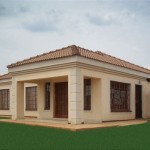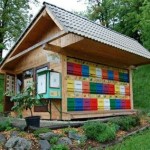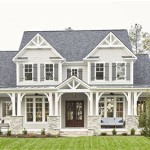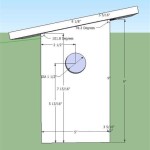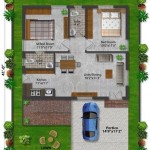Chinese House Plans: The Essential Aspects of Courtyards
Chinese house plans are renowned for their intricate designs and harmonious flow of energy. A defining feature of these traditional dwellings is the courtyard, a central open space that serves various functional and aesthetic purposes.
In this article, we will delve into the essential aspects of Chinese house plans courtyards, exploring their history, design principles, and the vital role they play in the overall architecture and well-being of Chinese homes.
Historical Origins
The concept of courtyards in Chinese architecture dates back to ancient times, with its roots in the courtyard houses of the Han Dynasty (206 BCE - 220 CE). These courtyards were typically enclosed by walls and provided a private sanctuary within the home. Over the centuries, they evolved to become an integral part of Chinese house designs.
Design Principles
Chinese courtyards follow specific design principles that emphasize balance, symmetry, and the interplay of light and shadow. They are typically square or rectangular in shape and are surrounded by covered walkways or verandas. The entrances to the courtyard are often adorned with elaborate gates and archways.
Functional Roles
Courtyards in Chinese house plans serve a variety of functional roles. They provide:
- Natural Light and Ventilation: Courtyards allow natural light to penetrate the interior of the house, creating a bright and airy atmosphere. They also promote air circulation, reducing humidity and keeping the home cool.
- Outdoor Space: Courtyards offer an outdoor living area where residents can relax, socialize, or enjoy the scenery.
- Access to Nature: Courtyards often feature plants, trees, and water features, bringing nature into the heart of the home.
- Service Areas: In some traditional Chinese house plans, courtyards are used for service areas such as kitchens or storage spaces.
Aesthetic Significance
Beyond their functional roles, courtyards in Chinese house plans hold significant aesthetic value. They create a sense of depth and perspective within the home, enhancing the visual appeal of the architecture. The contrast between the open courtyard and the surrounding buildings creates a dynamic visual experience.
Symbolic Meaning
In Traditional Chinese culture, courtyards carry symbolic meanings. They are often seen as a representation of the universe, with the surrounding buildings representing the four cardinal directions. The courtyard itself symbolizes the center of the cosmos, a place of balance and harmony.
Chinese house plans with courtyards continue to captivate architects and homebuyers alike. Their timeless designs, functional benefits, and cultural significance make them an essential aspect of Chinese architecture and a source of inspiration for homeowners seeking a harmonious and fulfilling living space.

Plan Of The Typical Standard Three Courtyard House Beijing Drawing Scientific Diagram

Traditional Chinese Courtyard House Architecture
What Are The Steps To Build A Traditional Chinese Courtyard Home Quora

Reproduced From Some Knapp 2005 Courtyard House Plans Traditional Japanese Chinese

Chinese Quadrangle China Asia Cultural Travel

Parametrising Historical Chinese Courtyard Dwellings An Algorithmic Design Framework For The Digital Representation Of Siheyuan Iterations Based On Traditional Principles Sciencedirect

Courtyard House Plans Model Plan
Why Do Chinese Houses Have Courtyards Quora

Prototype Of Traditional Courtyard House Scientific Diagram

Traditional Roman Vs Chinese Courtyard House 4070 Words Term Paper Example

